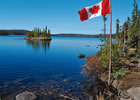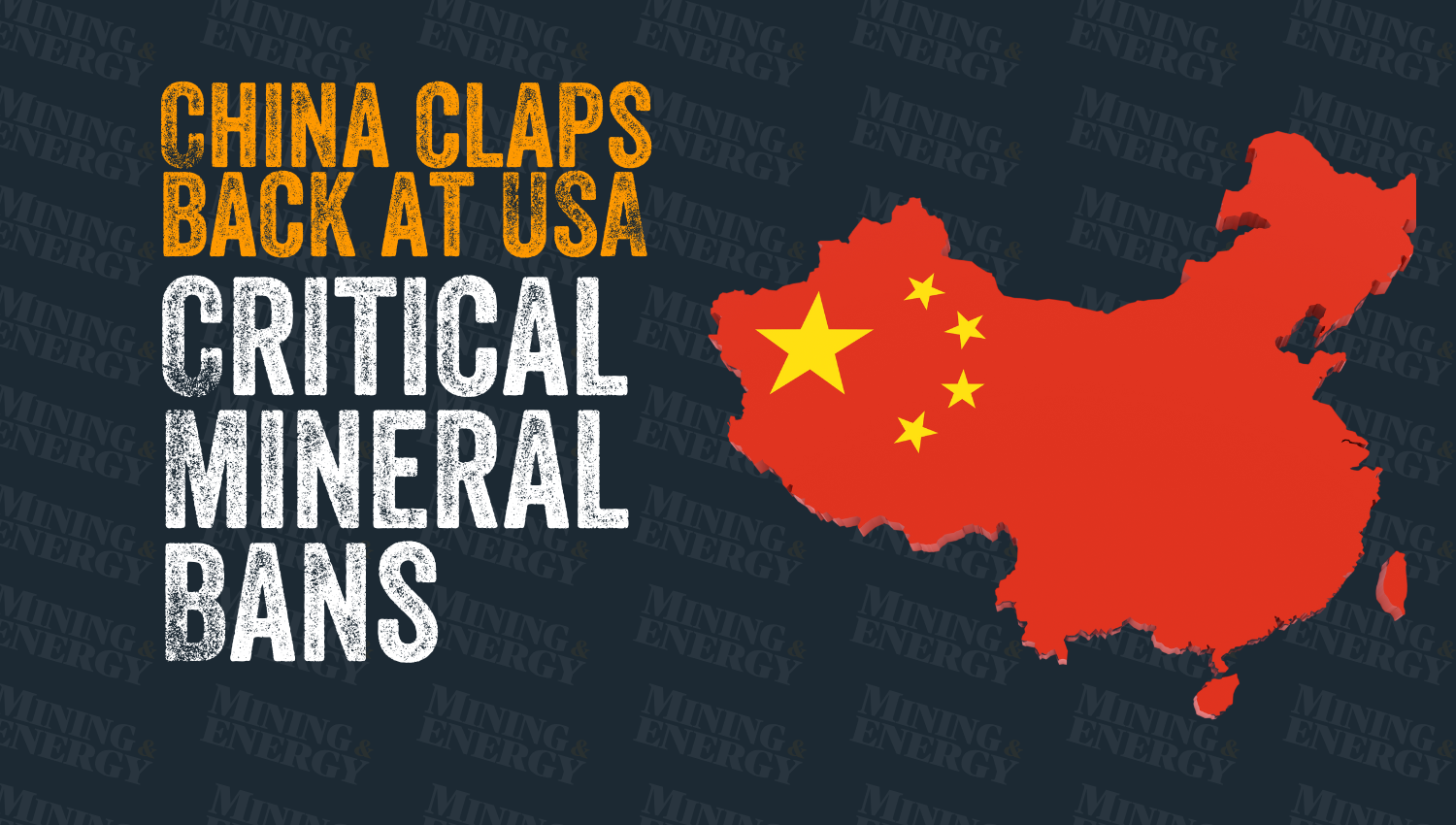From mine to magnet

There are strong showings of light rare earth elements—including cerium, lanthanum and neodymium—at Hoidas Lake. — photo courtesy Great Western Mi
There are strong showings of light rare earth elements—including cerium, lanthanum and neodymium—at Hoidas Lake. — photo courtesy Great Western Minerals Group
Seventy kilometres north of Uranium City, Saskatchewan, sits a 40,000-hectare property called Hoidas Lake. Owned by Great Western Minerals Group Ltd. (TSX-V: GWG), it shows promise as a significant source of rare earth metals, including cesium, lanthanum and neodymium.
“The most promising finding has been the neodymium component,” said Jim Engdahl, the president, CEO and director for Great Western Minerals. “It’s also enriched in phosphate to the tune of about 17 per cent. The phosphate will definitely contribute to . . . making the deposit economical. But neodymium is the element that there will be a strong demand for, because it’s the primary element in rare earth magnets. Rare earth magnets are really driving the whole industry.”
Neo-magnets can be found in hybrid cars, miniaturized electronics and, soon, in wind-generated power sources. Engdahl said that every three-megawatt wind-powered turbine driven by electric magnet motors requires three tonnes of rare earth magnet material. Thirty per cent of this is neodymium, with a smaller percentage of praseodymium.
The production at Hoidas Lake is targeted to start in 2015, with a calculated resource body of 2.6 million tonnes. In the meantime, Great Western Minerals has other projects on the go, including a mine in South Africa that could be producing as soon as 2013.



